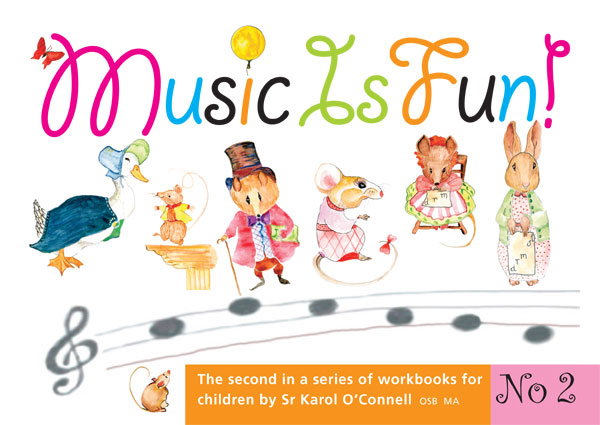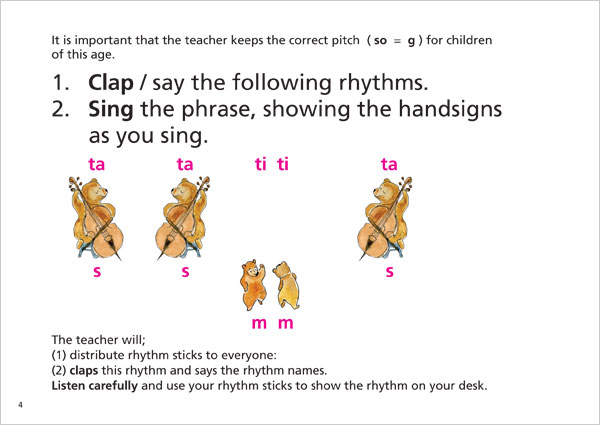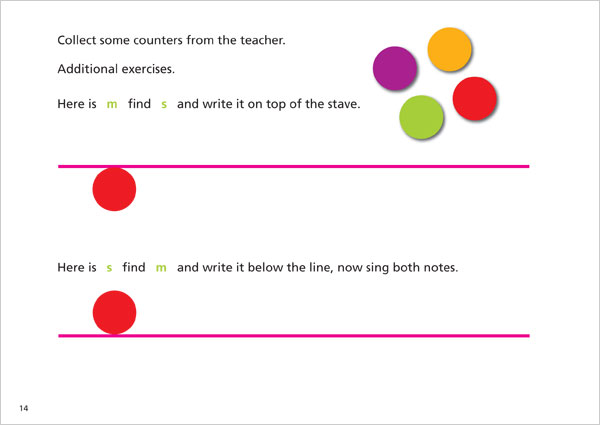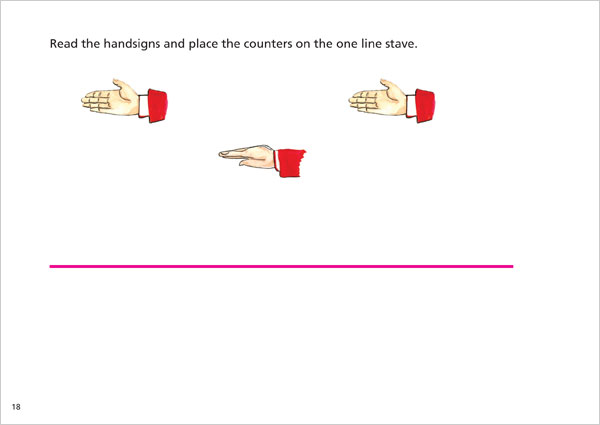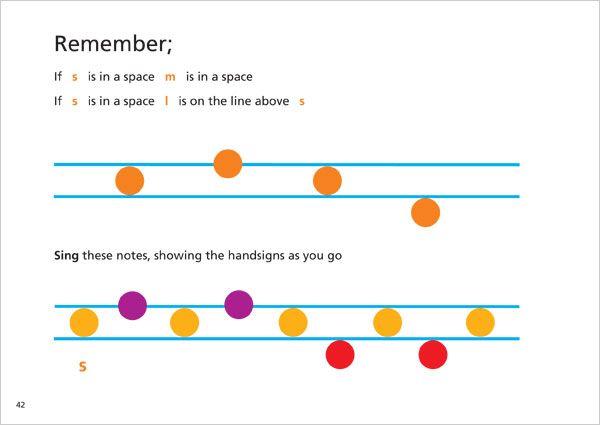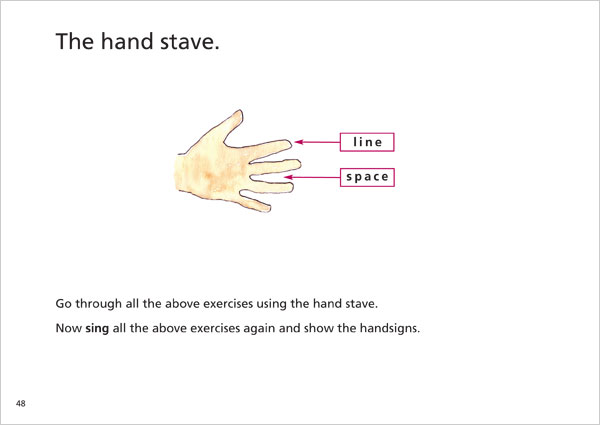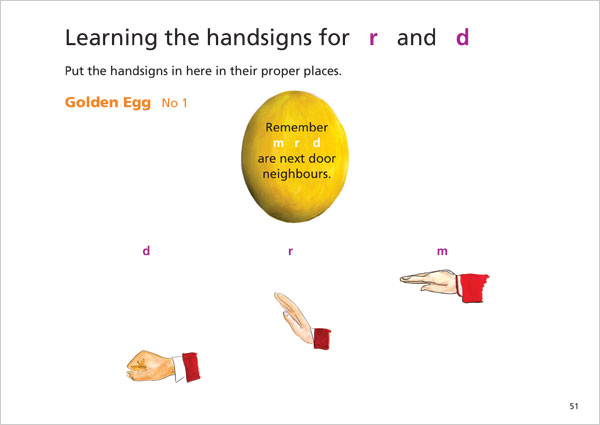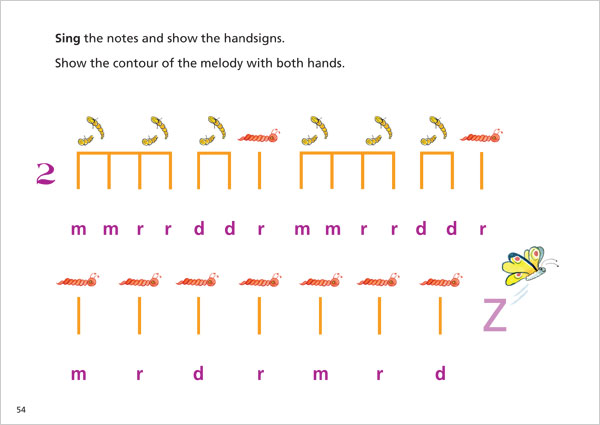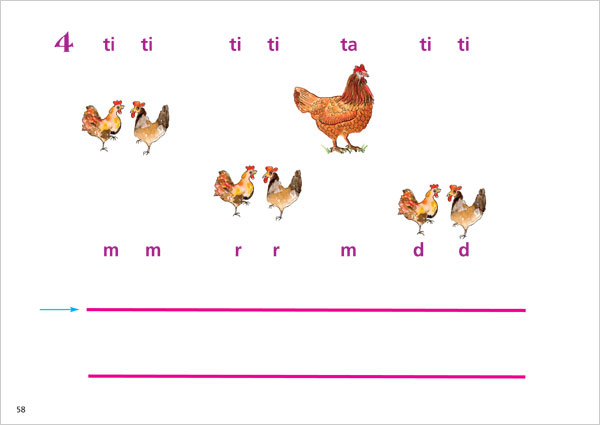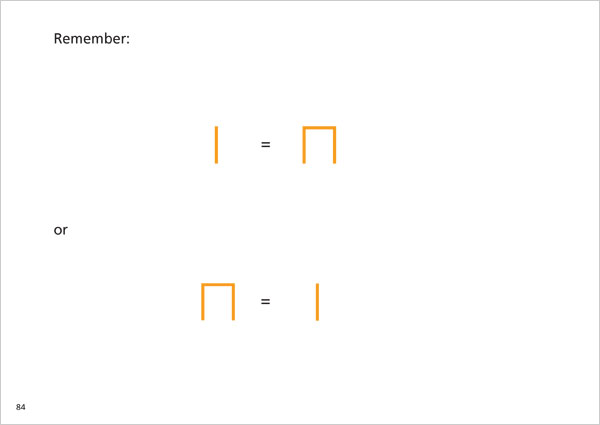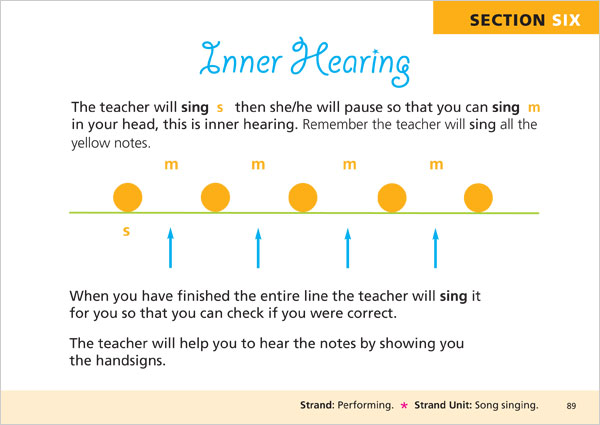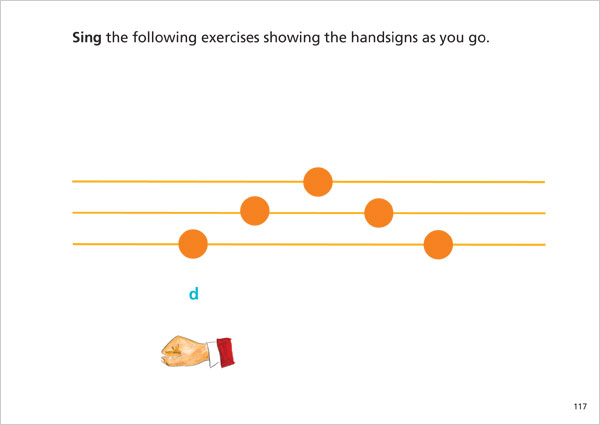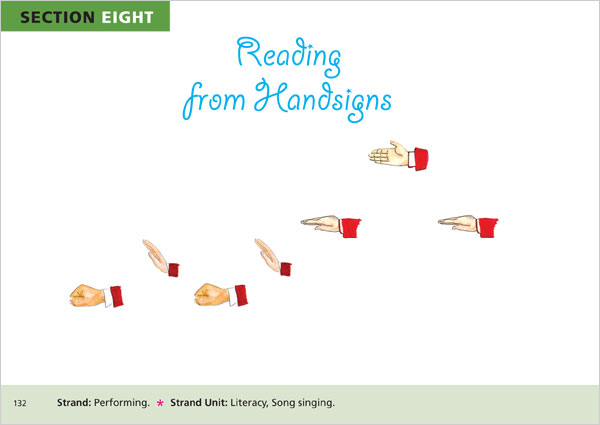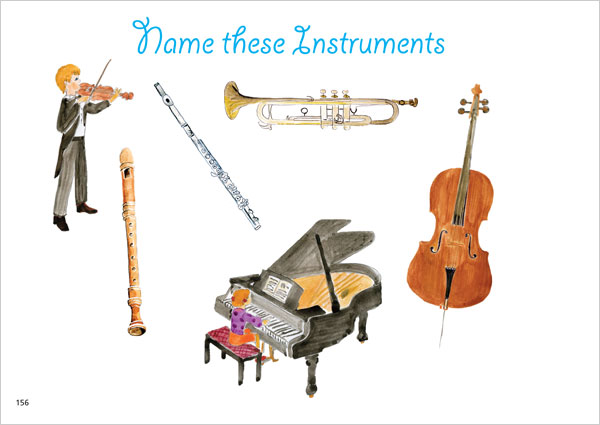Workbook No 2
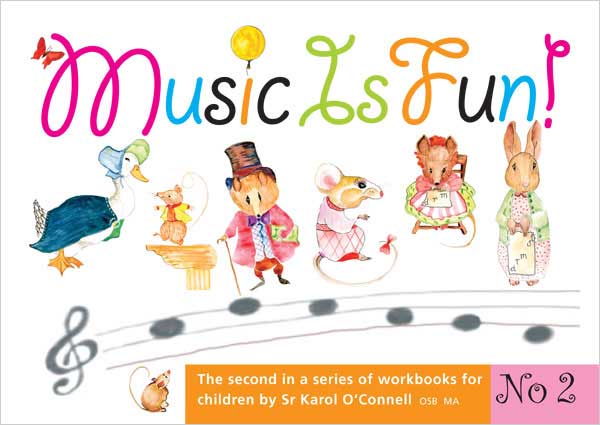
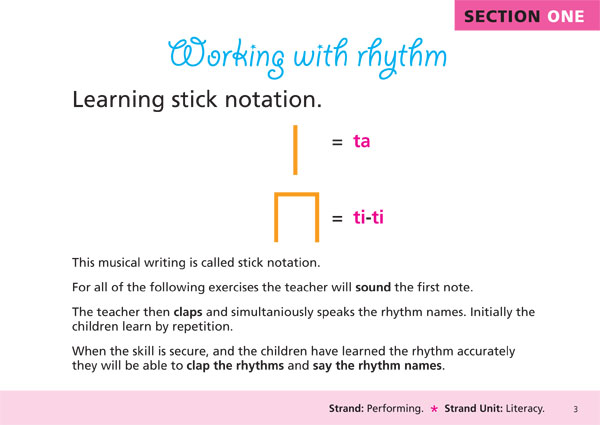
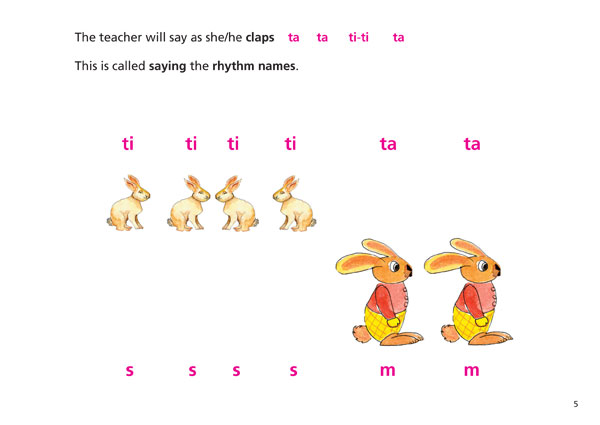
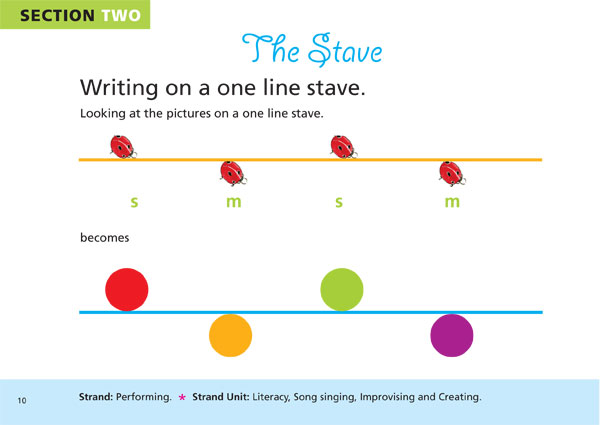
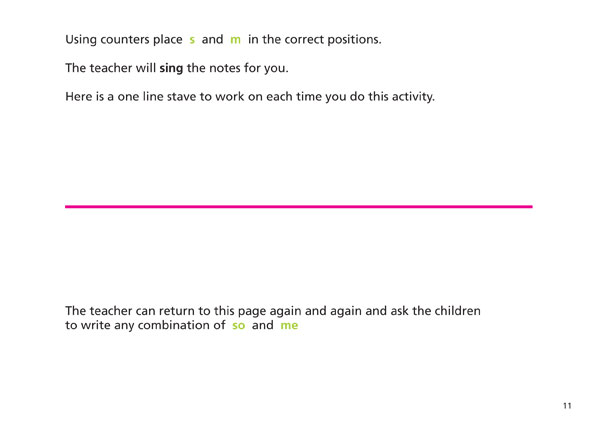

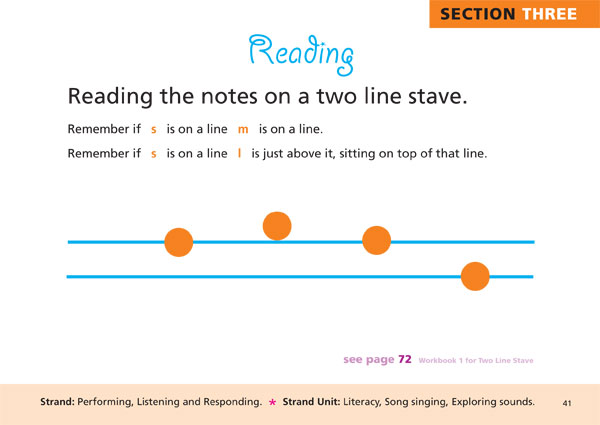
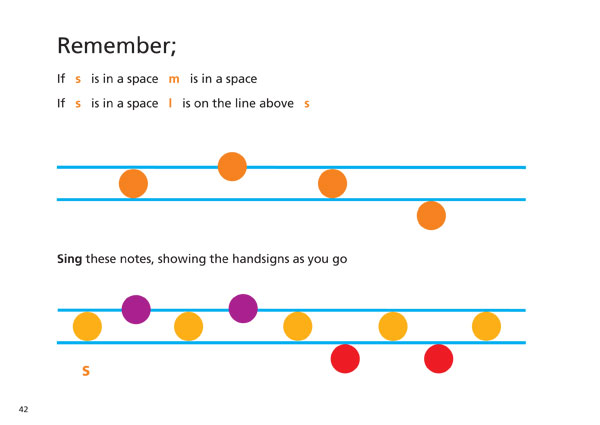
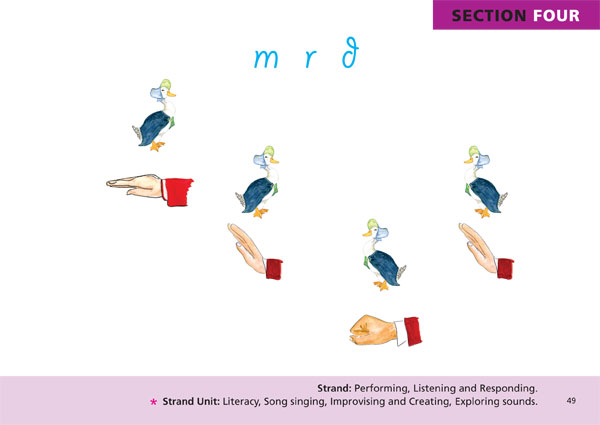
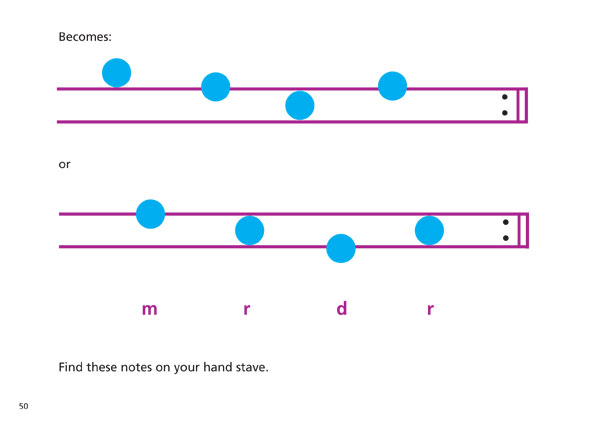
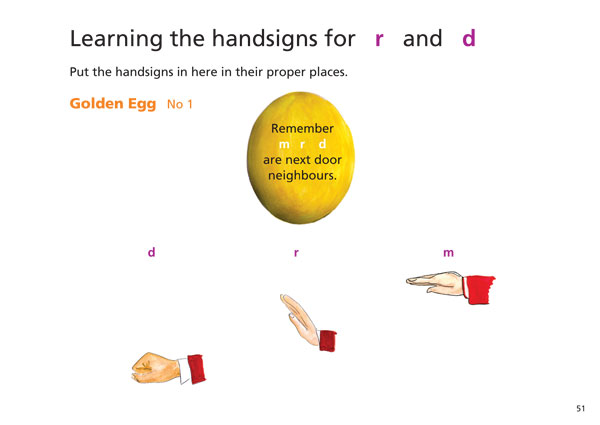
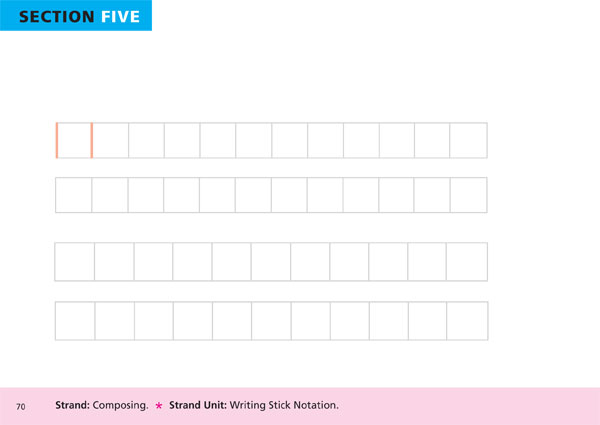
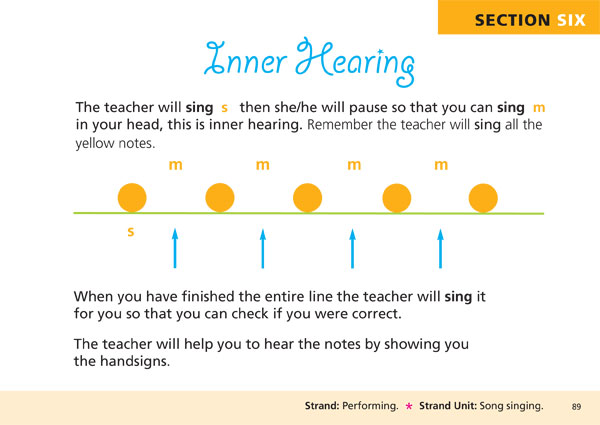
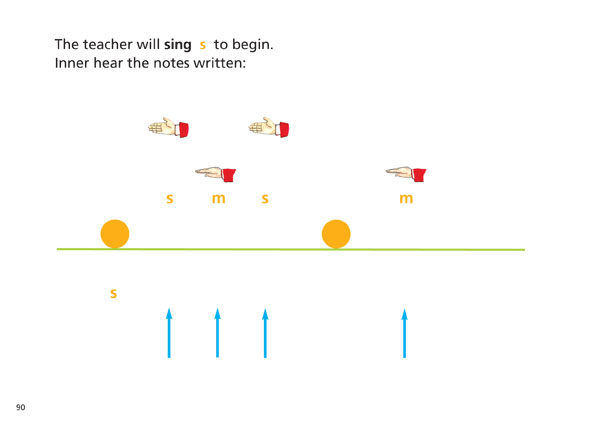
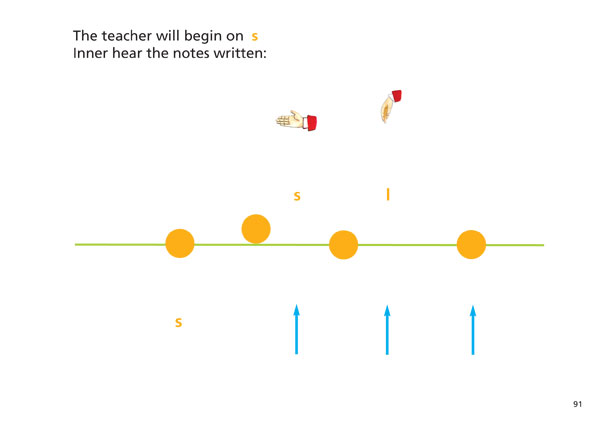
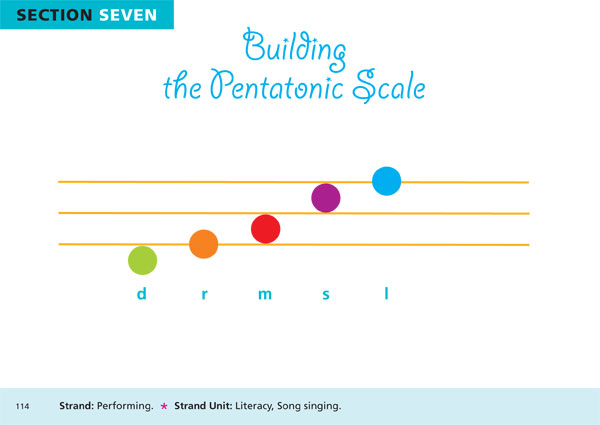
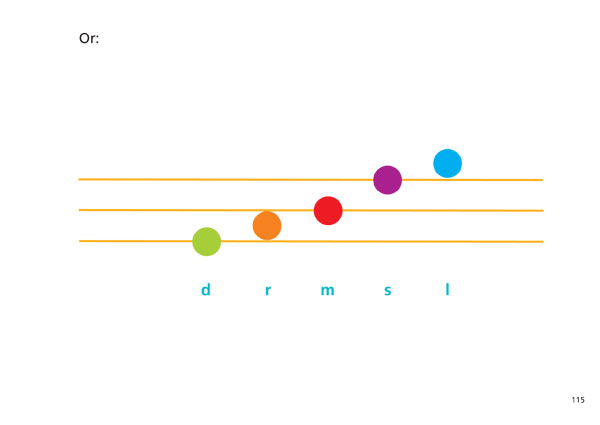
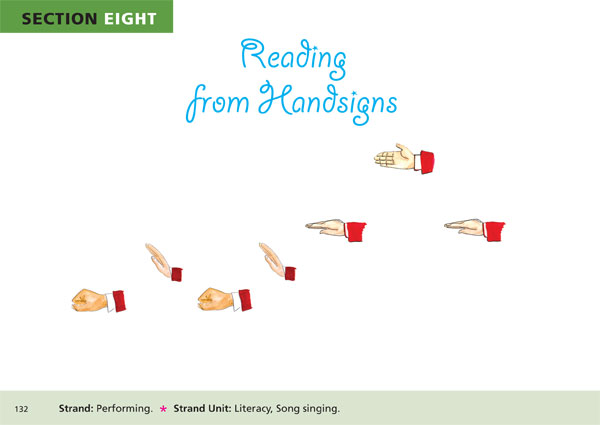
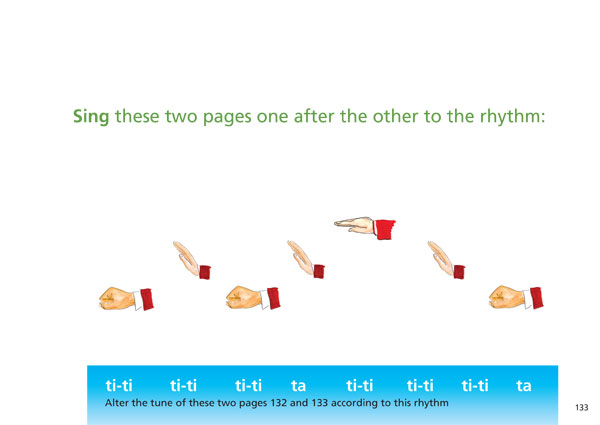
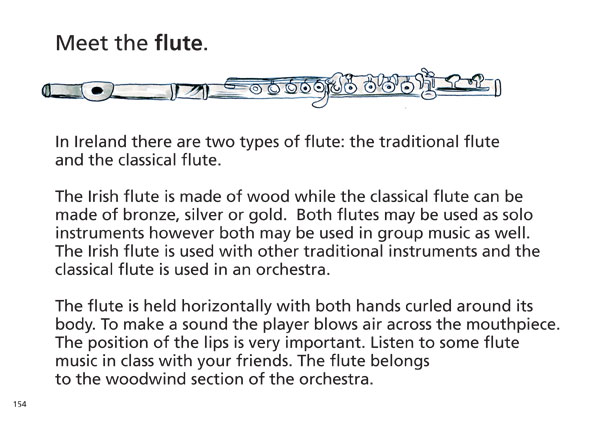
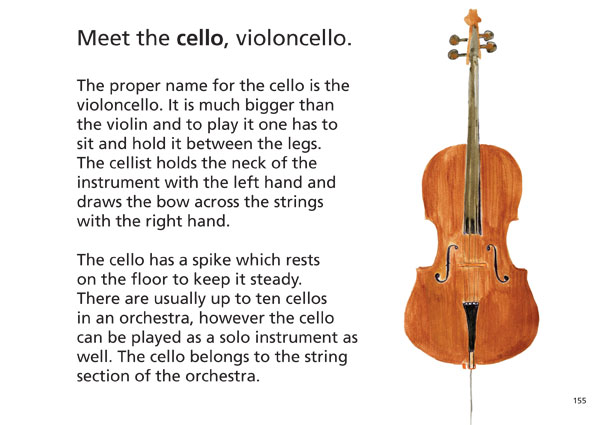

Look inside to see some sample pages from each section
€6.95
This workbook, No 2 in the series, provides a clear introduction to many musical concepts including:
Pulse/steady beat
Pitch – learning the five notes of the pentatonic scale
Concepts of solfa
Handsigns
Composition
Reading and writing on a stave
Inner hearing
It is a direct continuation of the first Workbook, No 1 for Junior and Senior Infants.
 Enjoy working with it!
Enjoy working with it!
Sr Karol O’Connell OSB MA
Kylemore Abbey
Using Workbook No 2
Although Workbook No 2 is a direct continuation from Workbook No 1, the teacher should draw the student’s attention to the fact that the pictures in Section 1 are on different levels on the page to correspond to the different pitches. Each page from page 4 to page 9 should be clapped by the student, the rhythm should be built on the desk with large sticks and then the teacher should sing each page while the student points to the melody in the book. The student should then sing with the teacher and eventually sing alone. Remember to use the hand signs.
This section revises the writing of the three notes learned in Workbook No. 1. There is a one line stave on page 12 to be used using counters. Make sure the child knows exactly the place of s and m on the one line stave before moving on to s and l. Remember at this early stage it is important that the child learns that these notes can move on the stave. S can be anywhere, m can be anywhere and l can be anywhere but all in relation to each other.
On page 14 ff. Give the child a counter, then sing the line of notes and ask the child to move the counter in accordance with the pitches heard.
Page 18 The child notates for the first time from a hand sign picture to the stave.
Page 19 Several short sight singing exercises follow. Sing these with the child at a reasonably fast pace and train the young eye to read forward from the start.
Page 42 Here the notes are colour co-ordinated, this will help faster reading ability and the exercises can be done over and over again.
New Material
Page 48 introduces the hand stave. Take plenty of time to allow the child to get used to the hand stave. Test the child often to be sure the place of line and space is very secure. Ask questions like:
If s is here (pointing in between two fingers), where is m?
If s is here (pointing to a finger), where is m? etc. etc.
Introducing two new notes, r and d
Make sure that the child realises these notes are next door neighbours. The Golden Egg (as opposed to Golden Rule) is introduced. Encourage the children to make a basket and some eggs out of cardboard and each time they meet a golden egg they can write it up and put it in the basket. By the time they will finish primary school they will have many eggs collected.
Pages 52-56 Read the rhythm first, then sing in solfa showing the hand signs.
Pages 58-69 Eleven wonderful colourful pages to work with. On each page the child
- Claps the rhythm
- Reads the picture
- Sings the solfa
- Glides the counter from note to note as the teacher sings
- Glides the counter from note to note and he/she sings
- Shows the exercise on the hand stave.
13 pages of written exercises. Allow the children to fill these in in different colours.
Give the classes plenty of time to familiarise themselves with these exercises. Spread this work over several classes, this way the children will look forward to “writing music”
Page 84 will need to be reinforced at this stage because there will be children for whom the understanding of this concept will still not be a reality.
The next four pages are easy and the first time the children do them they should use tiny coloured match sticks. This way they can simply tip them off and the exercises can be done more than once.
One of the most important sections in this book, the Inner Hearing section needs time, patience and a great deal of intonation accuracy (singing in tune) from the teacher. For those teachers who are less secure vocally it is suggested that they reinforce their voices by playing the lines on a piano. The teacher has to have the goal constantly before his/her eyes here. Why are we teaching the young child how to inner hear? We are preparing the children for a time in the future when they will be singing in a choir and will look at a piece of music for the first time and not only will they be able to read it but will be able to hear it as well.
Sixteen pages of sight reading pentatonic exercises follow. It is important not to move too fast here. In the beginning the exercises need to be prepared really well, taking two notes at a time. This can be done in a variety of ways, e.g. split the class into two groups and let them divide the melody by singing every second note. This way the children will really listen to each other.
When these exercises can be read fluently, use them to advantage and teach the children how to sing clusters with them. A cluster is when all the notes are held, firstly experiment with d and r and then ask the children to sing d and m and ask the children which sound did they like better, the discord or the concord.
At page 117 forming a cluster will also form a chord. This needs to be pointed out to the children.
* On page 124 and 125 please be careful of the misprint with the hand signs.
Reading from hand signs.
In this section each page needs to be prepared really well by the teacher. Initially the exercises are done one page at a time. When the reading is secure this section should be repeated using two facing pages together. By doing this the child is, without strain starting us feel a two bar unit of melody and rhythm.
The child is learning how to build a musical phrase.
The child is learning how to create and recognise and unfinished ending (on r or s).
The child is learning how to create an ending to the tune (ending on d).
For this entire section it may be helpful to write the rhythms in stick notation at the top of each page.
Three more new instruments are added at the end of the section and the musical instrument quiz is introduced. Note that the three instruments introduced in Workbook 1 and included here as well, thus reinforcing the material once again.

